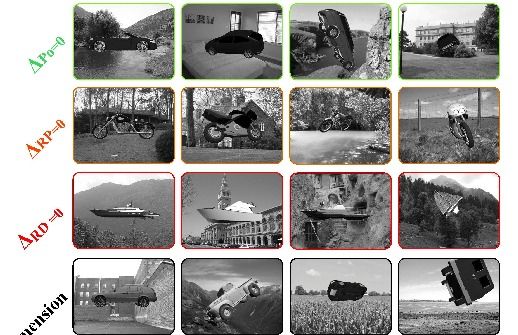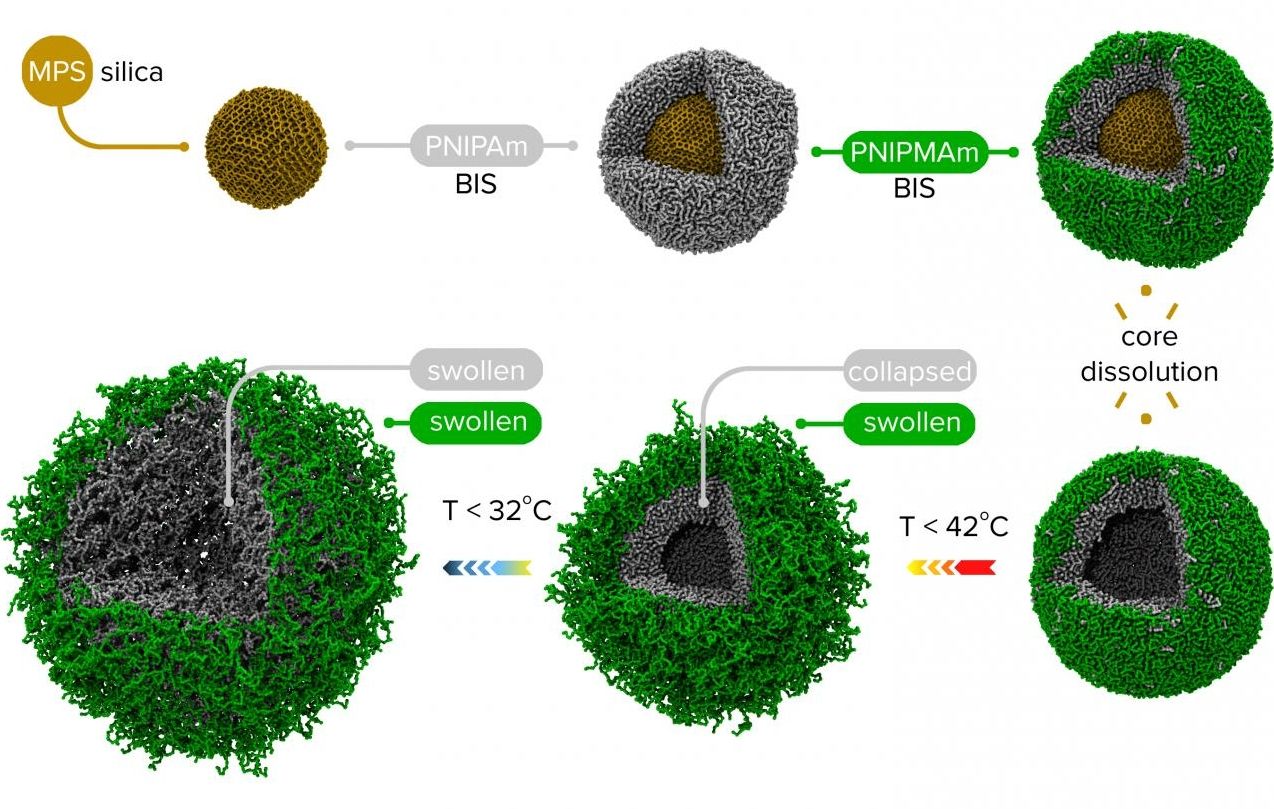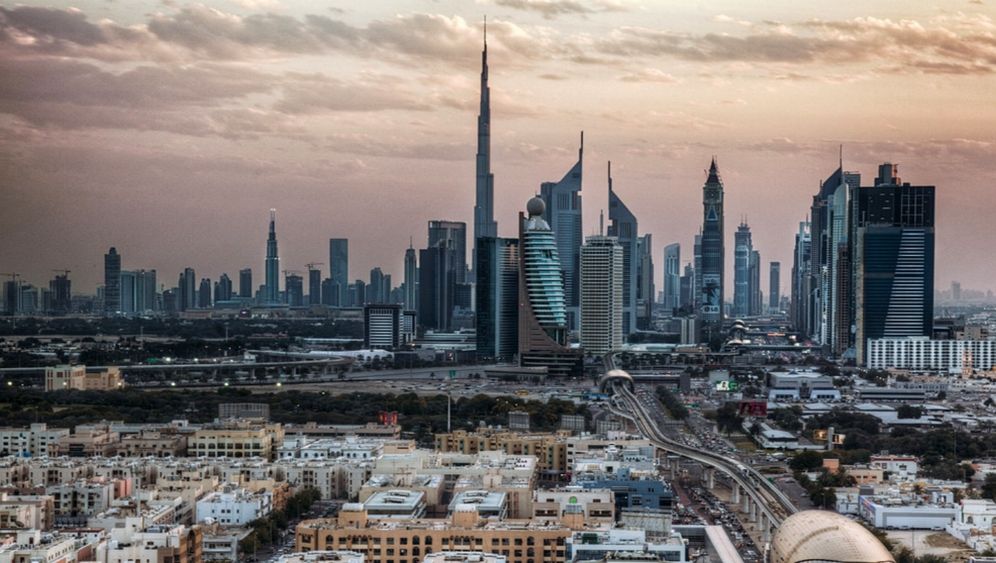Page 11543
May 4, 2016
The Real Reasons Quantum Entanglement Doesn’t Allow Faster-Than-Light Communication
Posted by Karen Hurst in category: quantum physics
Orzell’s response to Siegel’s blog about breaking quantum entanglement and slowing down quantum communications — Orzell highlights some of the problems with Siegel’s statement about how quantum entanglement can be broken via two opposing states. The problem with Siegel’s statement is not with the breaking of entanglement slows down quantum communications; Orzell’s concern is with the details that Siegel describes in how it happens is the problem according to Orzell. Orzell highlights that the 2 state’s that Siegel shares as details to why and how the breakage occurs are not close enough by definition to make the argument valid because one is only a measurement while the other is the actual changing of state followed by a measurement.
Quantum entanglement is one of the weirdest and coolest phenomena in physics, but it’s absolutely not a method for sending messages faster than light, for subtle and complicated reasons.
May 4, 2016
IBM’s Quantum Experience brings quantum computing to the masses via the cloud
Posted by Karen Hurst in categories: computing, information science, quantum physics
Hmmm; my verdict is out for now because I haven’t seen anything showing me that IBM is a real player in this space.
IBM is bringing quantum computing to a device near you by delivering its IBM Quantum Experience through the IBM Cloud. The platform is part of IBM’s Research Frontiers Institute and could be a data scientist’s newest tool and a data junkie’s dream come true.
The platform is available on any desktop or mobile device. The tech allows users to “run algorithms and experiments on IBM’s quantum processor, work with the individual quantum bits (qubits), and explore tutorials and simulations around what might be possible with quantum computing,” the press release noted.
Continue reading “IBM’s Quantum Experience brings quantum computing to the masses via the cloud” »
May 4, 2016
IBM Quantum Computing To Accelerate Cloud Innovation
Posted by Karen Hurst in categories: quantum physics, supercomputing
Hmmm; my verdict is out for now.
IBM Quantum Computing Scientist Jay Gambetta uses a tablet to interact with the IBM Quantum Experience, the world’s first quantum computing platform delivered via the IBM Cloud at IBM’s T. J. Watson Research Center in Yorktown, NY.
On Wednesday, May 4, for the first time ever, IBM is making quantum computing available via the cloud to anyone interested in hands-on access to an IBM quantum processor, making it easier for researchers and the scientific community to accelerate innovations, and help discover new applications for this technology. This is the beginning of the quantum age of computing and the latest advance from IBM towards building a universal quantum computer. A universal quantum computer, once built, will represent one of the greatest milestones in the history of information technology and has the potential to solve certain problems we couldn’t solve, and will never be able to solve, with today’s classical computers. (Jon Simon/Feature Photo Service for IBM)
Continue reading “IBM Quantum Computing To Accelerate Cloud Innovation” »
May 4, 2016
Why Machine Vision Is Flawed in the Same Way as Human Vision
Posted by Karen Hurst in category: robotics/AI
AI you’re only as good as the eye of your creator.
Humans and machines both use neural networks for object and face recognition. Now evidence is emerging that both types of vision are flawed in the same way.
May 4, 2016
Unique nano-capsules promise the targeted drug delivery
Posted by Karen Hurst in categories: biotech/medical, nanotechnology, physics
Gotta luv this.
An international team of researchers including the Lomonosov Moscow State University physicists has developed a completely new type of drug carrier for targeted delivery to the sick organ — the gel nano-capsules with a double shell. The results of the study were published in Scientific Reports.
May 4, 2016
Kiel’s Researchers Explore Nanostructure of Animal Cells
Posted by Karen Hurst in category: nanotechnology
Results are in from a study on the similarities and differences of the nanostructure surfaces.
There is a clear difference between a snake’s skin and moth’s eyes. Scientists at Kiel University have developed a new technique that brings this so-called ‘apples and oranges’ to a common level. This unique approach has given way to an entirely new and comparative outlook on biological surfaces, and provides a better understanding of how these surfaces actually work.
















